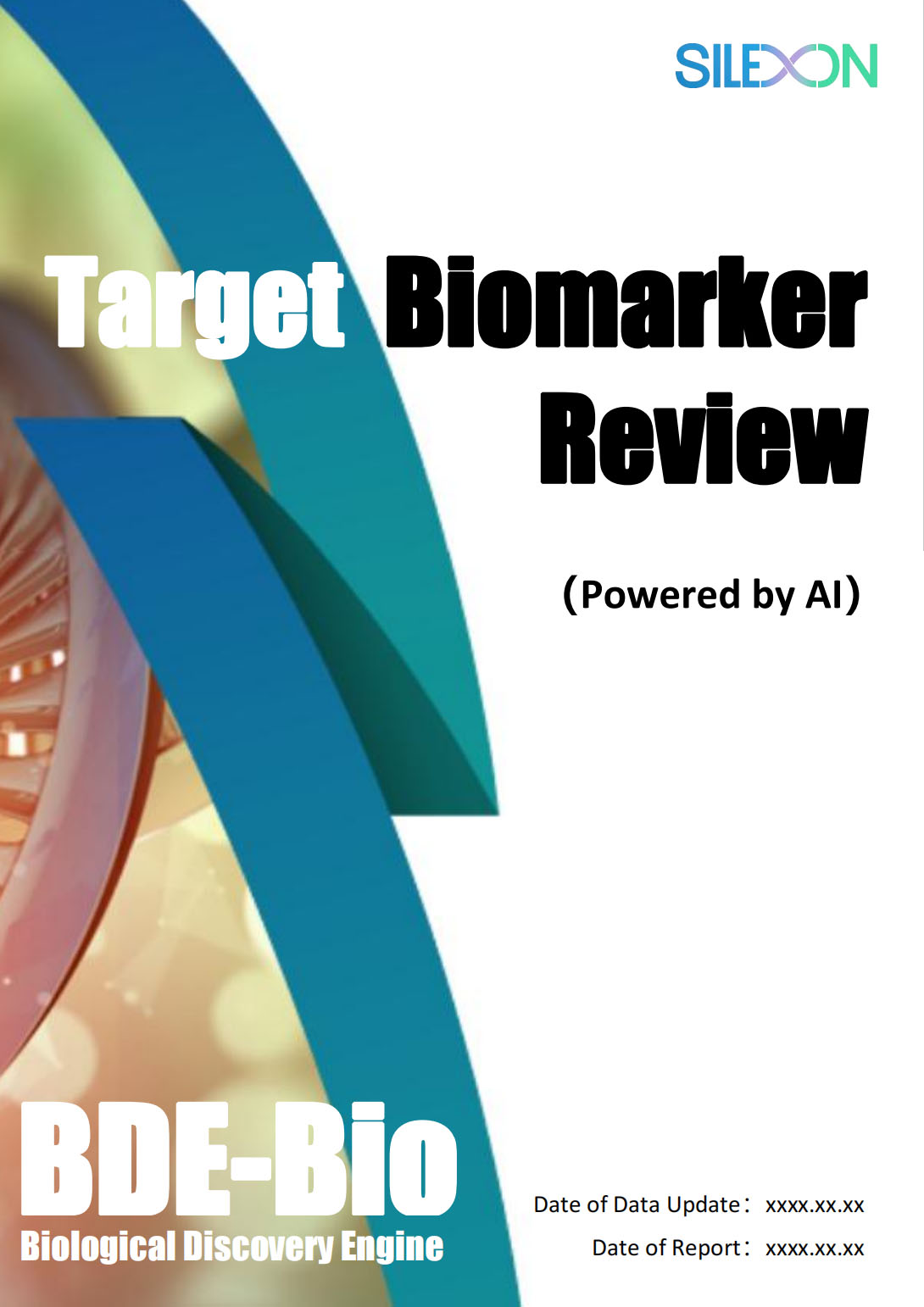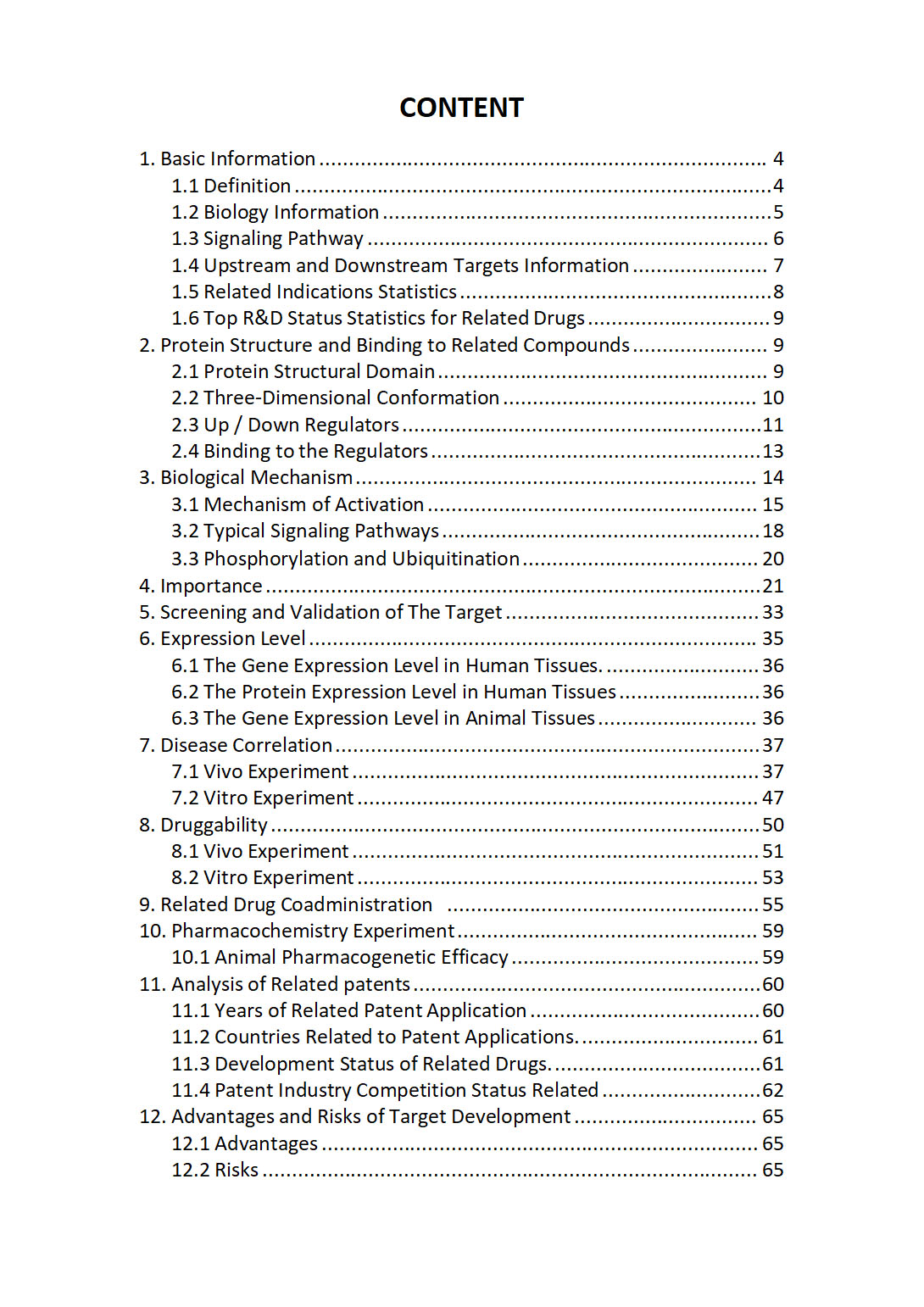Neuropeptide Y receptor (NPY-R) (nonspecified subtype) Related Diseases


Related Diseases
1) Huntington's Disease
Huntington Disease, also known as huntington's disease, is related to huntington disease-like 1 and choreatic disease, and has symptoms including back pain, headache and myoclonus. An important gene associated with Huntington Disease is HTT (Huntingtin), and among its related pathways/superpathways is miRNAs involved in DNA damage response. The drugs Memantine and Dopamine have been mentioned in the context of this disorder. Affiliated tissues include Brain, eye and globus pallidus, and related phenotypes are chorea and mental deterioration
2) Major Depression
Major Depressive Disorder, also known as seasonal affective disorder, is related to anxiety and endogenous depression, and has symptoms including affective symptoms, behavioral symptoms and schizophrenic language. An important gene associated with Major Depressive Disorder is HTR2A (5-Hydroxytryptamine Receptor 2A), and among its related pathways/superpathways are Signal Transduction and Neuroscience. The drugs Fluvoxamine and Valsartan have been mentioned in the context of this disorder. Affiliated tissues include brain, prefrontal cortex and cortex, and related phenotypes are depression and behavior/neurological
3) Coronary Artery Disease
Coronary Heart Disease 1, also known as coronary heart disease, is related to angina pectoris and abdominal obesity-metabolic syndrome 1, and has symptoms including angina pectoris, chest pain and edema. An important gene associated with Coronary Heart Disease 1 is CX3CR1 (C-X3-C Motif Chemokine Receptor 1), and among its related pathways/superpathways are Metabolism and Transport of inorganic cations/anions and amino acids/oligopeptides. The drugs Simvastatin and Lovastatin have been mentioned in the context of this disorder. Affiliated tissues include Limb and Bone, and related phenotypes are Increased free cholesterol and Increased LDL uptake
4) Obsessive-compulsive Disorder
Obsessive-Compulsive Disorder, also known as ocd, is related to trichotillomania and gilles de la tourette syndrome, and has symptoms including sleep disturbances, photophobia and psychiatric symptom. An important gene associated with Obsessive-Compulsive Disorder is SLC6A4 (Solute Carrier Family 6 Member 4), and among its related pathways/superpathways are Signal Transduction and Class A/1 (Rhodopsin-like receptors). The drugs Ethanol and Cycloserine have been mentioned in the context of this disorder. Affiliated tissues include brain, subthalamic nucleus and caudate nucleus, and related phenotypes are anxiety and obsessive-compulsive behavior
5) Angina Pectoris
Angina Pectoris, also known as prinzmetal's variant angina, is related to polycythemia vera and intermittent claudication, and has symptoms including other and unspecified angina pectoris An important gene associated with Angina Pectoris is EDN1 (Endothelin 1), and among its related pathways/superpathways are Signal Transduction and Response to elevated platelet cytosolic Ca2+. The drugs Candesartan cilexetil and Amiodarone have been mentioned in the context of this disorder. Affiliated tissues include heart, smooth muscle and bone marrow, and related phenotypes are homeostasis/metabolism and muscle
6) Mood Disorder
Mood Disorder, also known as mood disorders, is related to major depressive disorder and schizoaffective disorder, and has symptoms including alexithymia and psychiatric symptom. An important gene associated with Mood Disorder is DISC2 (Disrupted In Schizophrenia 2), and among its related pathways/superpathways are Signal Transduction and GPCR downstream signalling. The drugs Lithium carbonate and Risperidone have been mentioned in the context of this disorder. Affiliated tissues include brain, heart and pituitary, and related phenotypes are nervous system and homeostasis/metabolism
7) Anxiety Disorders
Anxiety, also known as anxiety disorders, is related to generalized anxiety disorder and separation anxiety disorder, and has symptoms including nervousness, agitation and feeling tense. An important gene associated with Anxiety is SLC6A4 (Solute Carrier Family 6 Member 4), and among its related pathways/superpathways are Signal Transduction and Class A/1 (Rhodopsin-like receptors). The drugs Amlodipine and Lorazepam have been mentioned in the context of this disorder. Affiliated tissues include brain, breast and thyroid, and related phenotypes are nervous system and normal
8) Bulimia Nervosa
9) Diabetes
Diabetes Mellitus, also known as diabetes, is related to type 2 diabetes mellitus and gestational diabetes, and has symptoms including angina pectoris, tremor and equilibration disorder. An important gene associated with Diabetes Mellitus is KCNJ11 (Potassium Inwardly Rectifying Channel Subfamily J Member 11), and among its related pathways/superpathways are Regulation of beta-cell development and Cell differentiation - expanded index. The drugs Miconazole and Clotrimazole have been mentioned in the context of this disorder. Affiliated tissues include pancreas, bone marrow and kidney.
10) Obesity
Body Mass Index Quantitative Trait Locus 11, also known as obesity, is related to leptin deficiency or dysfunction and type 2 diabetes mellitus, and has symptoms including high weight, symptoms and obesity, metabolically benign. An important gene associated with Body Mass Index Quantitative Trait Locus 11 is UCP3 (Uncoupling Protein 3), and among its related pathways/superpathways are Beta-2 adrenergic-dependent CFTR expression and Glucose / Energy Metabolism. The drugs Hydrocortisone and Hydrocortisone succinate have been mentioned in the context of this disorder. Affiliated tissues include skeletal muscle, liver and heart, and related phenotypes are obesity and decreased resting energy expenditure
11) Renal Failure
Kidney Disease, also known as renal failure, is related to chronic kidney disease and polycystic kidney disease, and has symptoms including polyuria An important gene associated with Kidney Disease is TSC1 (TSC Complex Subunit 1), and among its related pathways/superpathways are Ciliopathies and Bardet-Biedl syndrome. The drugs Amiodarone and Nicotinamide have been mentioned in the context of this disorder. Affiliated tissues include kidney, heart and bone marrow, and related phenotypes are homeostasis/metabolism and renal/urinary system
12) Nutrition Disorders
Nutritional Deficiency Disease, also known as malnutrition, is related to folic acid deficiency anemia and iron deficiency anemia, and has symptoms including abdominal pain, cachexia and constipation. An important gene associated with Nutritional Deficiency Disease is TTR (Transthyretin), and among its related pathways/superpathways are Metabolism of proteins and Glucose / Energy Metabolism. The drugs Heparin, bovine and Tramadol have been mentioned in the context of this disorder. Affiliated tissues include liver, skeletal muscle and breast, and related phenotypes are no effect and no effect
13) Eating Disorder
Eating Disorder, also known as eating disorders, is related to bulimia nervosa and anorexia nervosa, and has symptoms including decrease in appetite, adipsia and symptoms concerning nutrition, metabolism, and development. An important gene associated with Eating Disorder is GHRL (Ghrelin And Obestatin Prepropeptide), and among its related pathways/superpathways are GPCR downstream signalling and Signal Transduction. The drugs Zinc sulfate and Zinc cation have been mentioned in the context of this disorder. Affiliated tissues include brain, heart and kidney, and related phenotypes are Weakly decreased NFAT1-GFP nuclear translocation and homeostasis/metabolism
14) Hypertension
Hypertension, Essential, also known as essential hypertension, is related to pulmonary hypertension and renovascular hypertension, and has symptoms including angina pectoris, chest pain and edema. An important gene associated with Hypertension, Essential is PTGIS (Prostaglandin I2 Synthase), and among its related pathways/superpathways are Development Angiotensin activation of ERK and "Agents Acting on the Renin-Angiotensin System Pathway, Pharmacodynamics". The drugs Digoxin and Warfarin have been mentioned in the context of this disorder. Affiliated tissues include heart, kidney and eye, and related phenotypes are elevated systolic blood pressure and elevated diastolic blood pressure
The "Neuropeptide Y receptor (NPY-R) (nonspecified subtype) Target / Biomarker Review Report" is a customizable review of hundreds up to thousends of related scientific research literature by AI technology, covering specific information about Neuropeptide Y receptor (NPY-R) (nonspecified subtype) comprehensively including but not limited to:
• general information;
• protein structure and compound binding;
• protein biological mechanisms;
• its importance;
• the target screening and validation;
• expression level;
• disease relevance;
• drug resistance;
• related combination drugs;
• pharmacochemistry experiments;
• related patent analysis;
• advantages and risks of development, etc.
The report is helpful for project application, drug molecule design, research progress updates, publication of research papers, patent applications, etc. If you are interested to get a full version of this report, please feel free to contact us at BD@bio.cacnex.com.
More Common Targets
11beta-Hydroxysteroid Dehydrogenase | 14-3-3 Protein | 15-Lipoxygenase | 17-beta-Hydroxysteroid dehydrogenase | 28S ribosomal subunit, mitochondrial | 3-Ketoacyl-CoA Thiolase (3-KAT) | 39S ribosomal subunit, mitochondrial | 4EHP-GYF2 complex | 5-Hydroxytryptamine Receptor | 5-Hydroxytryptamine Receptor 1 (5-HT1) | 5-Hydroxytryptamine Receptor 2 (5-HT2) | 60S Ribosome | 9-1-1 cell-cycle checkpoint response complex | A-Kinase Anchor Proteins | A1BG | A1BG-AS1 | A1CF | A2M | A2M-AS1 | A2ML1 | A2MP1 | A3GALT2 | A4GALT | A4GNT | AAAS | AACS | AACSP1 | AADAC | AADACL2 | AADACL2-AS1 | AADACL3 | AADACL4 | AADACP1 | AADAT | AAGAB | AAK1 | AAMDC | AAMP | AANAT | AAR2 | AARD | AARS1 | AARS2 | AARSD1 | AASDH | AASDHPPT | AASS | AATBC | AATF | AATK | ABALON | ABAT | ABCA1 | ABCA10 | ABCA11P | ABCA12 | ABCA13 | ABCA17P | ABCA2 | ABCA3 | ABCA4 | ABCA5 | ABCA6 | ABCA7 | ABCA8 | ABCA9 | ABCB1 | ABCB10 | ABCB11 | ABCB4 | ABCB5 | ABCB6 | ABCB7 | ABCB8 | ABCB9 | ABCC1 | ABCC10 | ABCC11 | ABCC12 | ABCC13 | ABCC2 | ABCC3 | ABCC4 | ABCC5 | ABCC6 | ABCC6P1 | ABCC6P2 | ABCC8 | ABCC9 | ABCD1 | ABCD2 | ABCD3 | ABCD4 | ABCE1 | ABCF1 | ABCF1-DT | ABCF2 | ABCF3 | ABCG1 | ABCG2
CONTACT
BD@bio.cacnex.com
2025© Cacnex Consulting Ltd. All Rights Reserved

